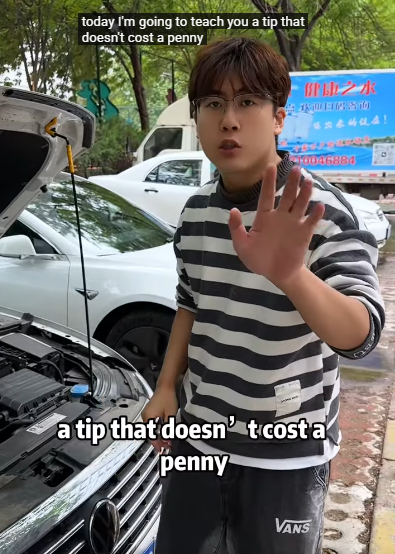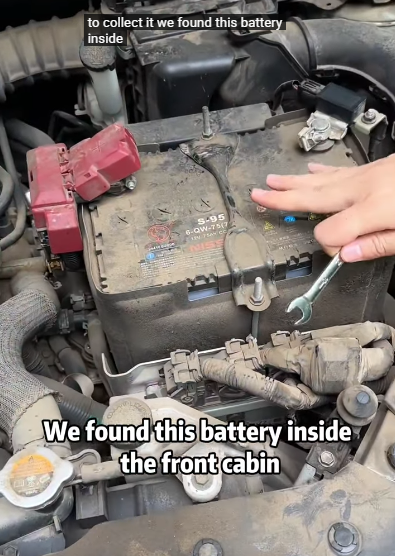
The dreaded engine check light—three words no driver wants to hear. It’s that small but alarming indicator on your dashboard that can mean anything from a minor sensor glitch to a major mechanical issue. If you’ve ever been in a situation where your check engine light comes on unexpectedly, you’ve probably wondered: can I clear it in 5 seconds? The answer is yes, in some cases. However, there’s more to it than just turning it off. Let’s explore why your engine check light might come on, how to clear it quickly, and whether that’s always the right solution.

Why Does the Engine Check Light Come On?
The check engine light is part of your vehicle’s onboard diagnostics system (OBD-II). It illuminates when the system detects an issue that affects the engine, emissions, or other critical components. Some common reasons for the light to appear include:
- Loose or faulty gas cap: If your gas cap isn’t tightly secured, it can trigger the check engine light due to fuel vapor escaping.
- Oxygen sensor failure: This sensor monitors the amount of oxygen in the exhaust and ensures efficient fuel combustion. If faulty, it can reduce fuel efficiency.
- Faulty mass airflow (MAF) sensor: This sensor measures air intake to help regulate the fuel-air mixture. If malfunctioning, your car may run rough.
- Spark plug or ignition coil issues: Bad spark plugs can lead to misfires, poor fuel economy, and difficulty starting your car.
- Catalytic converter problems: A failing catalytic converter can reduce performance and increase emissions, sometimes causing the check engine light to flash.

How to Clear the Check Engine Light in 5 Seconds
If you’re looking for a quick way to turn off the check engine light, here’s a method that works for minor, temporary issues:
1. Use the Key Cycle Method
One of the simplest ways to reset the check engine light is by cycling the ignition:
- Insert the key into the ignition and turn it to the “ON” position (don’t start the engine).
- Wait for 1-2 seconds, then turn it off.
- Repeat this process 3-5 times.
- Start the engine and check if the light disappears.
This method works by resetting the vehicle’s sensors. If the issue was a minor glitch, the light should turn off.
2. Disconnect the Battery
A more direct approach is resetting the car’s computer by disconnecting the battery:
- Turn off the car and open the hood.
- Use a wrench to disconnect the negative (-) terminal of the battery.
- Wait for about 5 minutes.
- Reconnect the battery and start the car.
This method clears stored error codes, effectively resetting the check engine light. However, it also erases other stored settings like your radio presets.
3. Use an OBD-II Scanner
If you have an OBD-II scanner (available at auto stores), you can check the error code and manually clear the light:
- Plug the scanner into the OBD-II port (usually under the dashboard).
- Turn the ignition to “ON.”
- Follow the scanner’s instructions to read and clear codes.
This method is one of the most effective ways to reset the check engine light without losing other settings.

Should You Always Clear the Check Engine Light?
While it’s tempting to clear the light and move on, it’s crucial to ensure the underlying problem is minor. If your check engine light is flashing rather than steady, it indicates a severe issue that could damage your engine. In such cases, clearing the light without diagnosing the issue can lead to costly repairs down the road.
Final Thoughts
Yes, you can clear your check engine light in just a few seconds, but doing so without addressing the cause isn’t always wise. If the light reappears after resetting, it’s a sign that something needs attention. Instead of ignoring it, consider using an OBD-II scanner to check for error codes or consulting a mechanic.
Ultimately, your check engine light is there for a reason—to keep your vehicle running safely and efficiently. Clearing it quickly is a useful trick, but maintaining your car properly will ensure you don’t have to do it often.



